Most Expensive Home Repairs – Owning a home can give you so much more room to be flexible. Whether it’s through decorating how you want, feeling at peace with your space, or moving things around, you can do so much more in a spacious house of your own. However, there’s always a downside to good things; in this case, it’s the expenses.
It’s no secret that home repairs can be expensive, but if you keep neglecting the major issues, then the expenses can easily pile up.
You’ll have to be prepared. It’ll be difficult to plan home repairs if you don’t know what you’re likely to face or how much it’ll cost.
And that’s where we step in. We’ve come up with the top eight most expensive home repairs that you must avoid and also the ways in which you can avoid them. So, let’s dive right into it, shall we?
1. Repairing the Sewage System
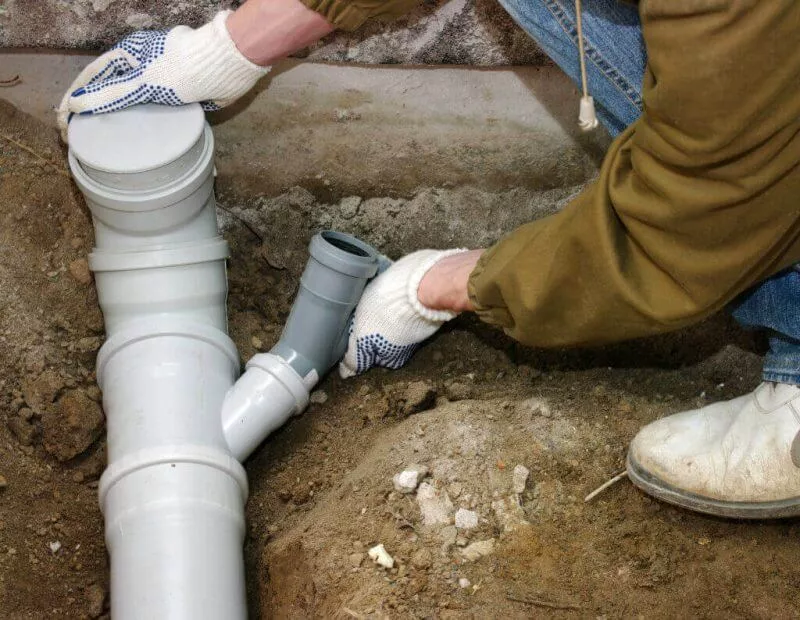
Plumbing repairs can be quite expensive if they’re unchecked underground or within the confines of your home.
That’s where sewage systems come in, a system that’s easily forgotten and missed by many. Unless, of course, something goes horribly wrong, nobody realizes how essential it is. That’s when you’re faced with a shocking repair bill.
The Types of Sewer Line Repairs
There are two main types of sewer line repair – the open trench method and the trenchless sewer repair.
The former includes digging up the ground near the damaged part of your sewer line and then starting with the repairs.
Once repairs are done, you can cover the line back with dirt and earth. This type of repair can not only be expensive for homeowners, but at times, it’s also troublesome.
Trenchless Sewer Repair
This method is the least troublesome because the pipe underground gets replaced without the need for trenches. All you need to do is to find an experienced plumber who can reline pipes without digging up your yard.
The repair work is done using a technique called pipe bursting which helps to expand and break the existing pipe while also replacing it simultaneously with newer, high-density pipes.
There are many who wonder whether this trenchless repair system is the correct fit or not. If you are one of them, here are a few advantages to look over before making any decisions:
No Signs of Interruption
Repairs that don’t leave huge messes behind are visually much more appealing to homeowners and a trenchless repair system does just that.
You don’t have to destroy your yard to reach the sewer line. And the best part is that there’s no interruption in the internal sewerage system of your home!
Costs Are Much Lower
Using the trenchless method takes less time and less physical labor. Not to mention the fact that it costs much less compared to the open trench repair system.
Moreover, the trenchless repair system creates a sewer line that strengthens and has fewer chances to be damaged again, so it leads to long-term savings as well.
Faster and Quicker
When it comes to the speed of completion, a trenchless repair is faster than an open trench repair system because everything runs on a schedule. It’s best to remember that the longer a sewage line is left to leak, the more damage it can cause.
2. Foundation Repairs

When it comes to expensive home repairs, foundation repairs definitely top the list.
These repairs are not only critical for keeping your house standing but they can be complicated too. It’s possible for the strength of your foundation to be compromised for various reasons.
For instance, if the soil beneath your house is susceptible to contracting and expanding, you might have to consider expensive foundation repairs.
You’ll also have to make repairs to the foundation if there are cracks appearing all over your home, if you find water pooling around the outside of your home or in the basement, and if your doors and windows are getting tough to shut.
These repairs can set you back anywhere from $500 to $12,000! Thankfully, there are ways you save yourself from spending that amount of money:
- Make sure to stop the soil around your home from getting too dry during hot periods
- Keep an eye out for pooling during the wet season – form a slope with the soil and let the water drain out more easily
- Stay on top of any questionable cracks by consulting with experts – getting ahead of the problem before it grows into one is key!
3. Roof Repairs
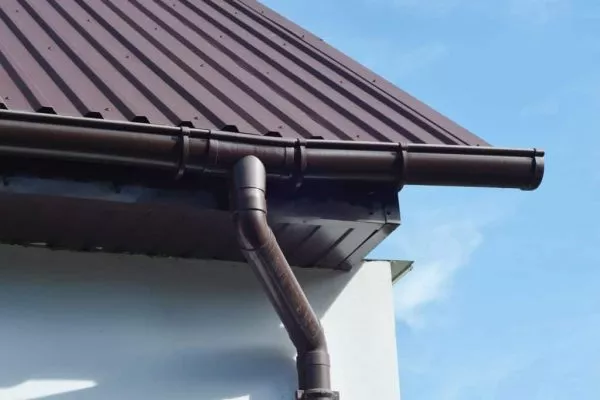
Having a roof is one of the most important features of a home, and so it shouldn’t come as a surprise that roof repairs are expensive as well.
While an odd roof tile won’t put a significant impact on your future finance, ignoring one might have dire consequences.
The average cost of a roof repair can cost up to $600, but a full roof replacement can set you back by up to $7000!
If you want to avoid spending a lot of money on roof repairs, what you can do is have your roof inspected by a professional roughly ten years after the first installation and then every 2-5 years. This can save you a ton of money in the long run.
And in between that time, you can check out the roof yourself. Keep an eye out for signs of weakness or areas where small repairs that can easily be dealt with before they become actual problems and turn into more severe issues.
For instance, don’t forget to check the roof after it’s snowed excessively or after strong winds.
4. Water Damage
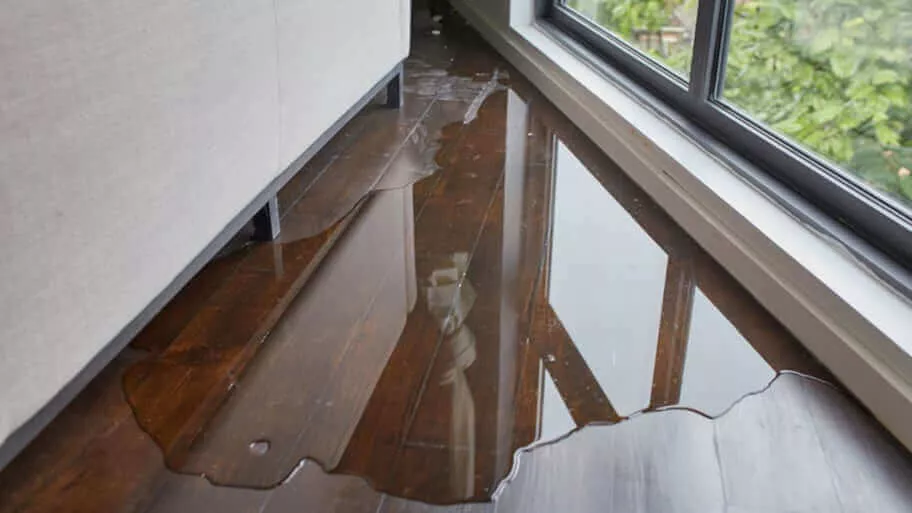
Flooding can lead to the growth of mold, warped floors, rustic metal, and rotting wood.
All of these can cost you an average of $2300 to repair depending on how long the issue was left unresolved. The cost can also increase if you have hardwood floors as well.
In order to prevent any water damage from taking place, make sure to clean out the gutters regularly, check your pump, and have water leaks looked at.
Those who have aquariums or any other types of water bodies that may spill, you can take a look at water detection alarms for your little one and find something that suits them.
5. HVAC/Heating Unit Repairs
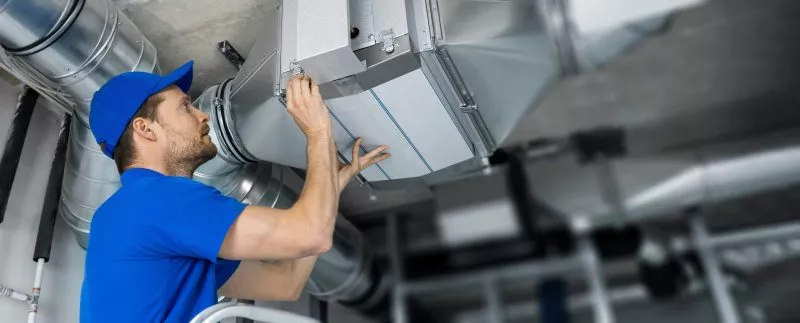
Even though minor repairs of HVAC units are considerably cheaper. If there’s a failure to get them repaired or serviced, it can quickly become an expensive incident. A brand new HVAC system can cost you around $5,000-$10,000.
This is a log of money you’ll be spending if you want to stay comfortable during both the winter and summer seasons. If you can hear strange noises or a leak, get it looked at immediately by an expert.
In order to keep your HVAC unit working as it’s supposed to, it’s just as important to have it inspected and maintained by a professional every year.
Make sure to remember to replace the air filters every few months. Just don’t ignore the issues!
6. Moldy Problem Removal
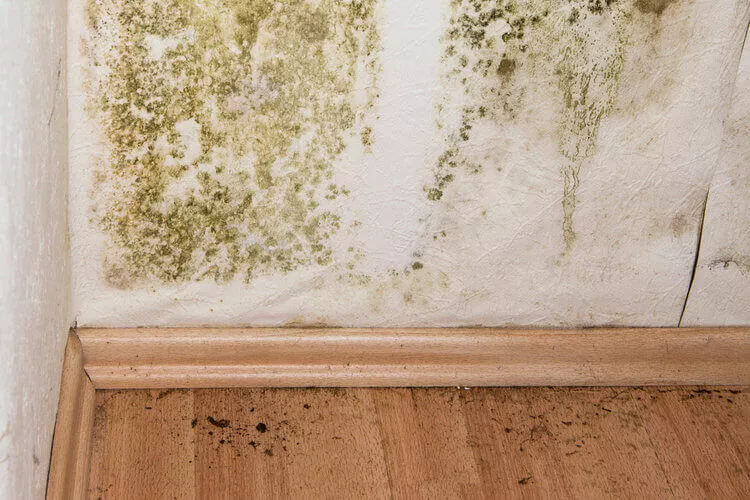
Now, we’re all aware of how bad mold can be for us, physically, but it’s just as worse for a home. Mold build-ups because of humidity or dampness can not only be ugly to look at but can be harmful to your health as well.
Not to mention how expensive it can get to get them completely removed.
So, if you want to avoid that and the mold builds up, remember to repair leaks and inspect your home frequently. It’s best to get behind the problem before it becomes bad.
7. Handling Electrical Problems
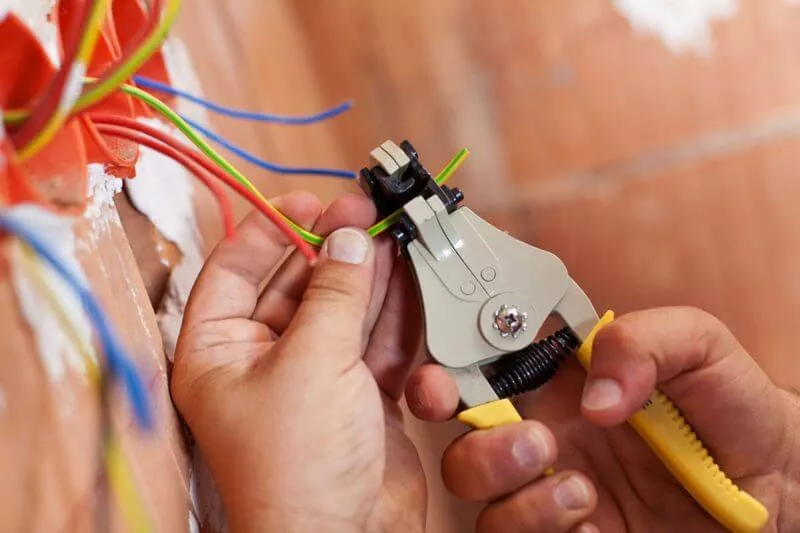
Possibly one of the most expensive home repairs you can go through is from dealing with electrical problems. And unless you’re experienced in handling things, it’s best to hire a professional to repair the problem.
If you’re facing problems like regular circuit breaks, flickering lights, or your home appliances giving you a shock, then there’s a risk of a fire breaking out.
In order to quell this disaster from taking place, you should definitely call a professional!
Electrical repairs can cost over $300, but you might as well be facing $15,000 bill if you need to rewire your entire electrical system.
To avoid this expense, have a professional inspect your system every year and keep an eye out for a potential problem.
8. Septic System Repairs
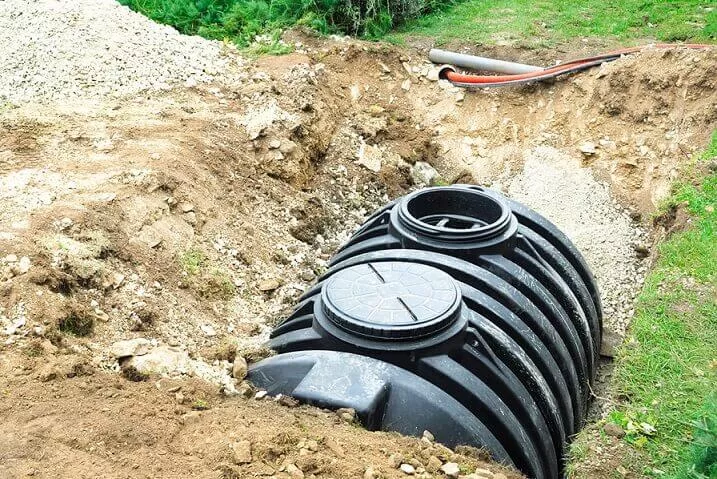
Last but not the least, let’s talk about the septic system and how, if it falls into disrepair, you’ll have to spend a lot of money to fix it. And this is one repair job you’d wish you could avoid, prevent, or be prepared for.
A septic system repair normally costs over $1,200 if you’re facing issues with your toilets not flushing, the water drains slowly and there’s a buildup of water in your yard.
To avoid and prevent these from happening, have your septic tank inspected every 3-4 years and pumped every 4-5 years.
This should be enough to keep yourself ahead of any problems from occurring in the future!
Final Thoughts
In conclusion, we’d like to say that it’s more than likely you can avoid expensive home repairs if you just make sure to carry out regular maintenance and checkups around your home.
Get helpful advice from professionals and spend the right amount of money to help prevent problems and that everything is working under good conditions and circumstances.
We hope the list of repairs we provided gives you an idea regarding what to look out for and what you should do as soon as signs of trouble emerge.
Let us know in the comments your expensive repair stories and how you handle them and also how you overcame them. Till then, stay safe!